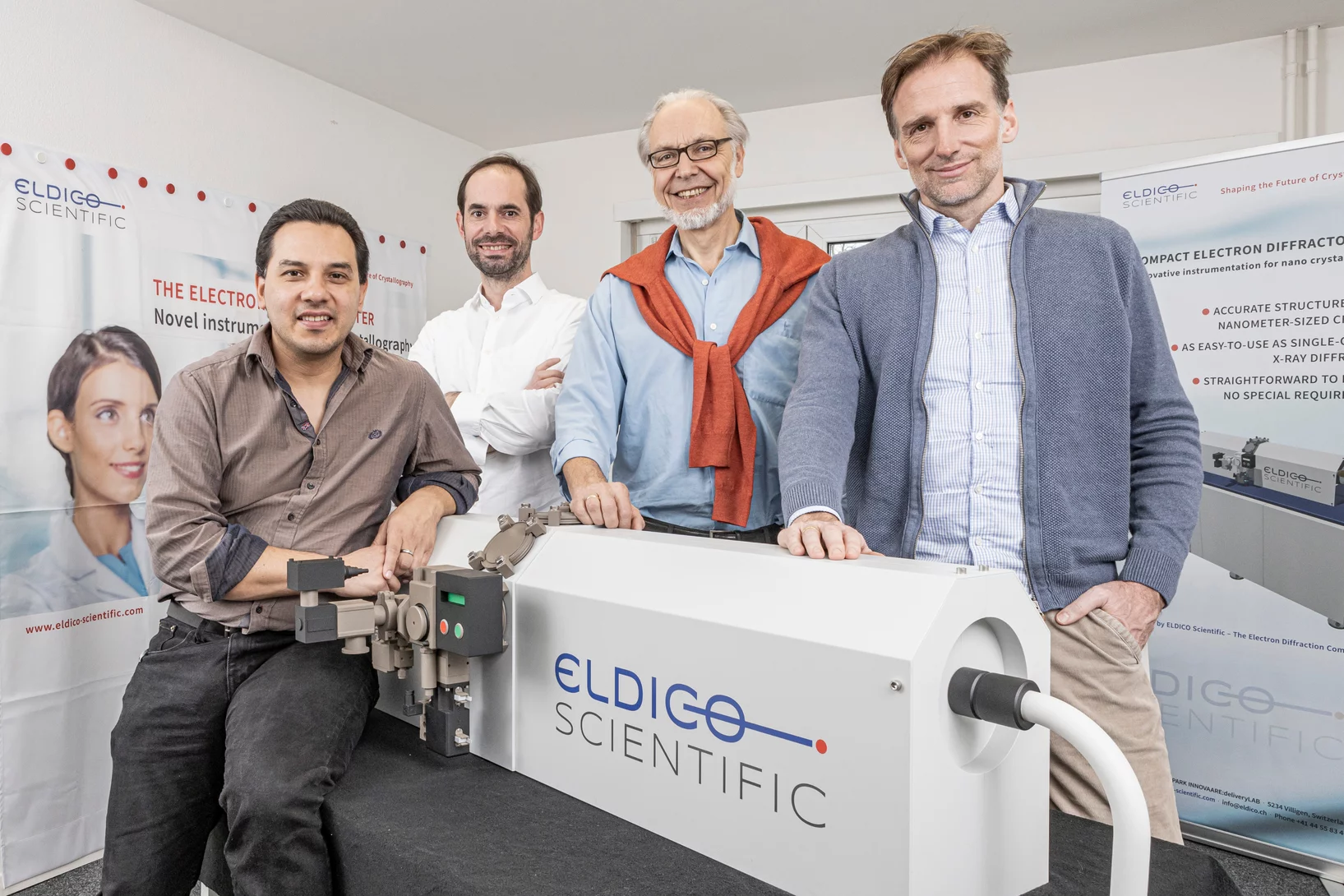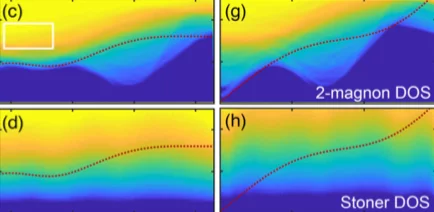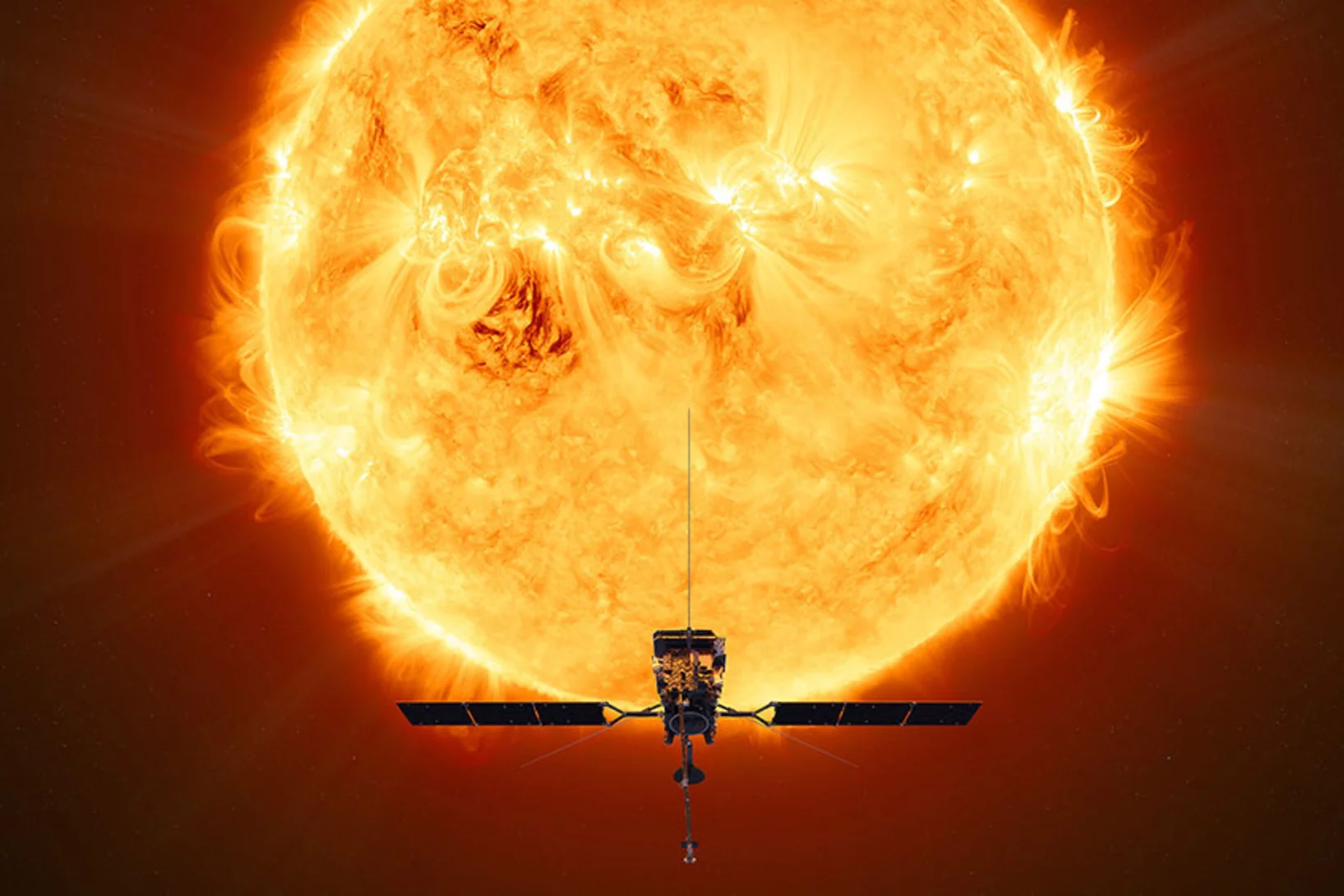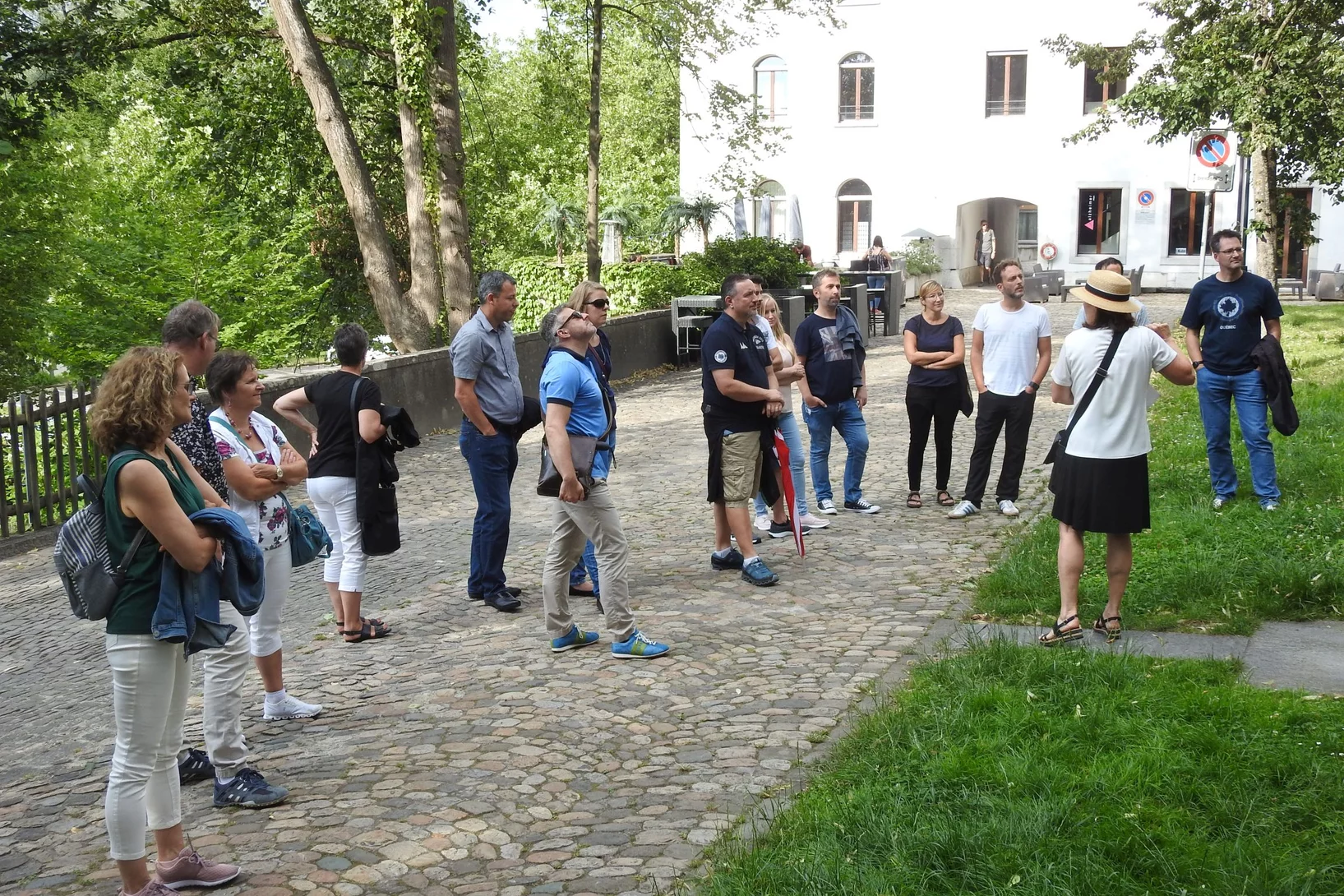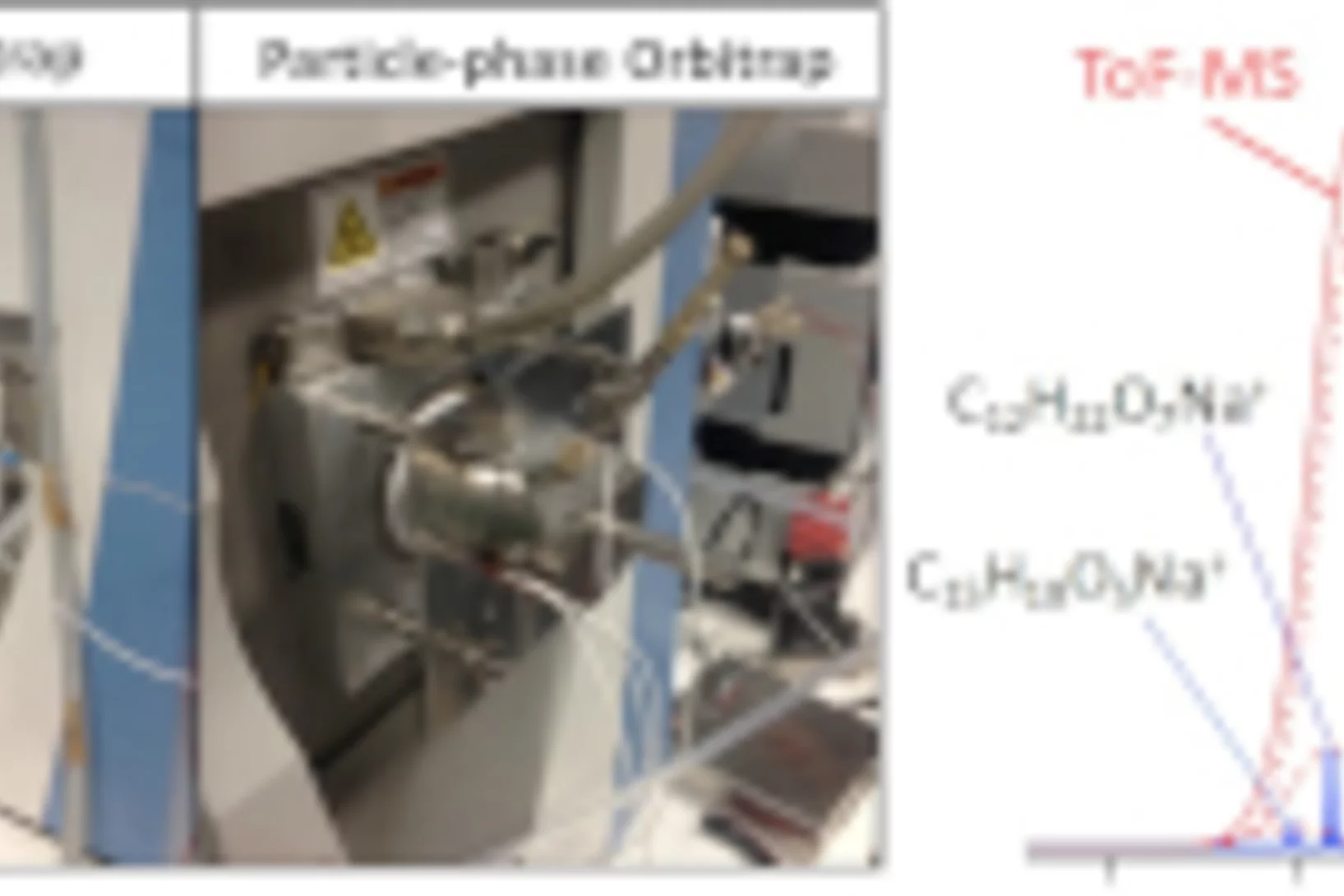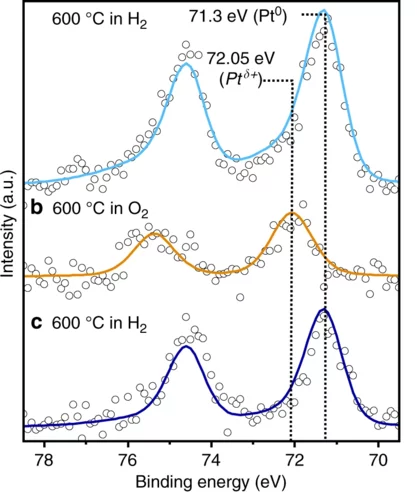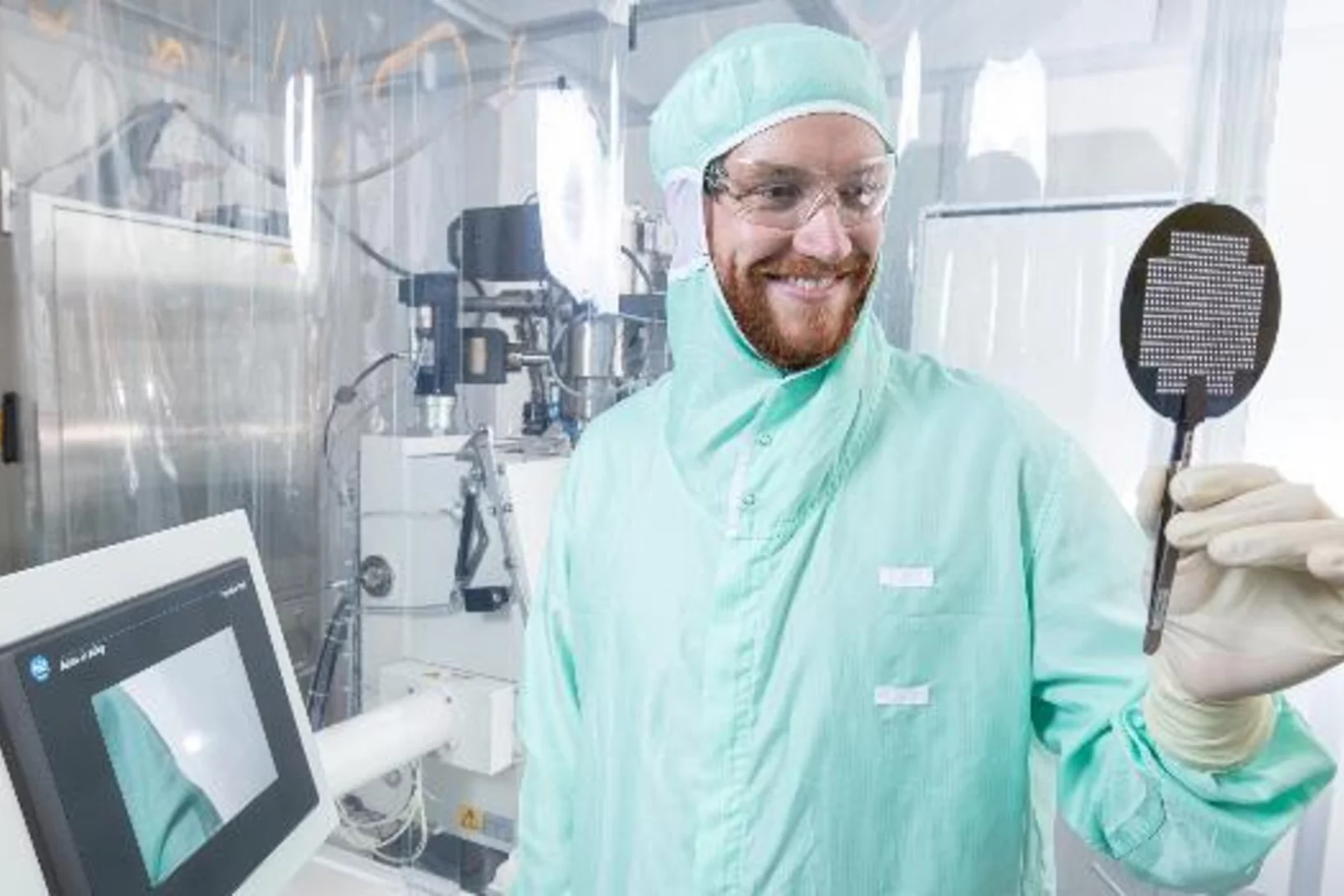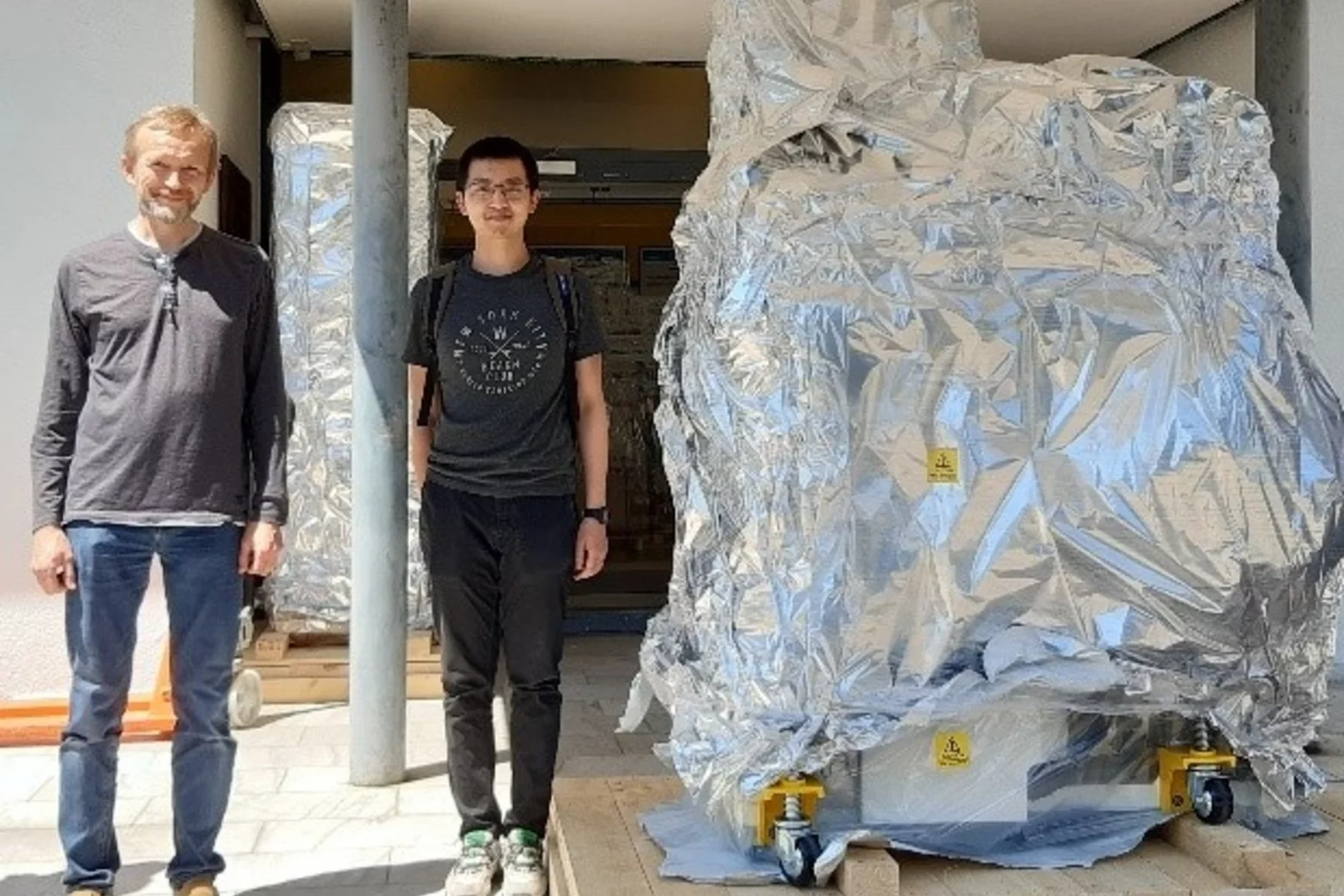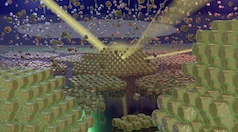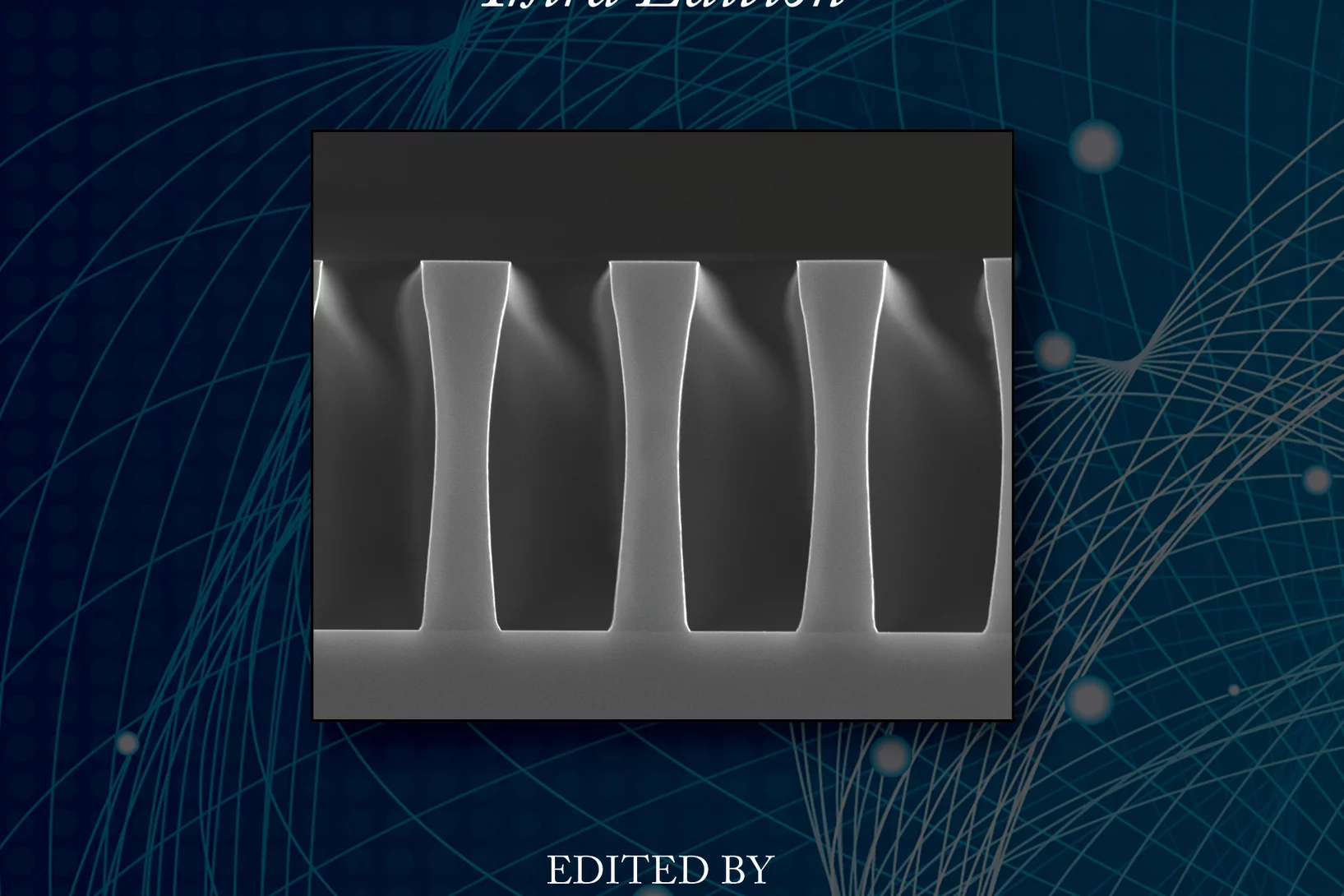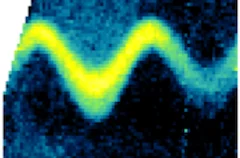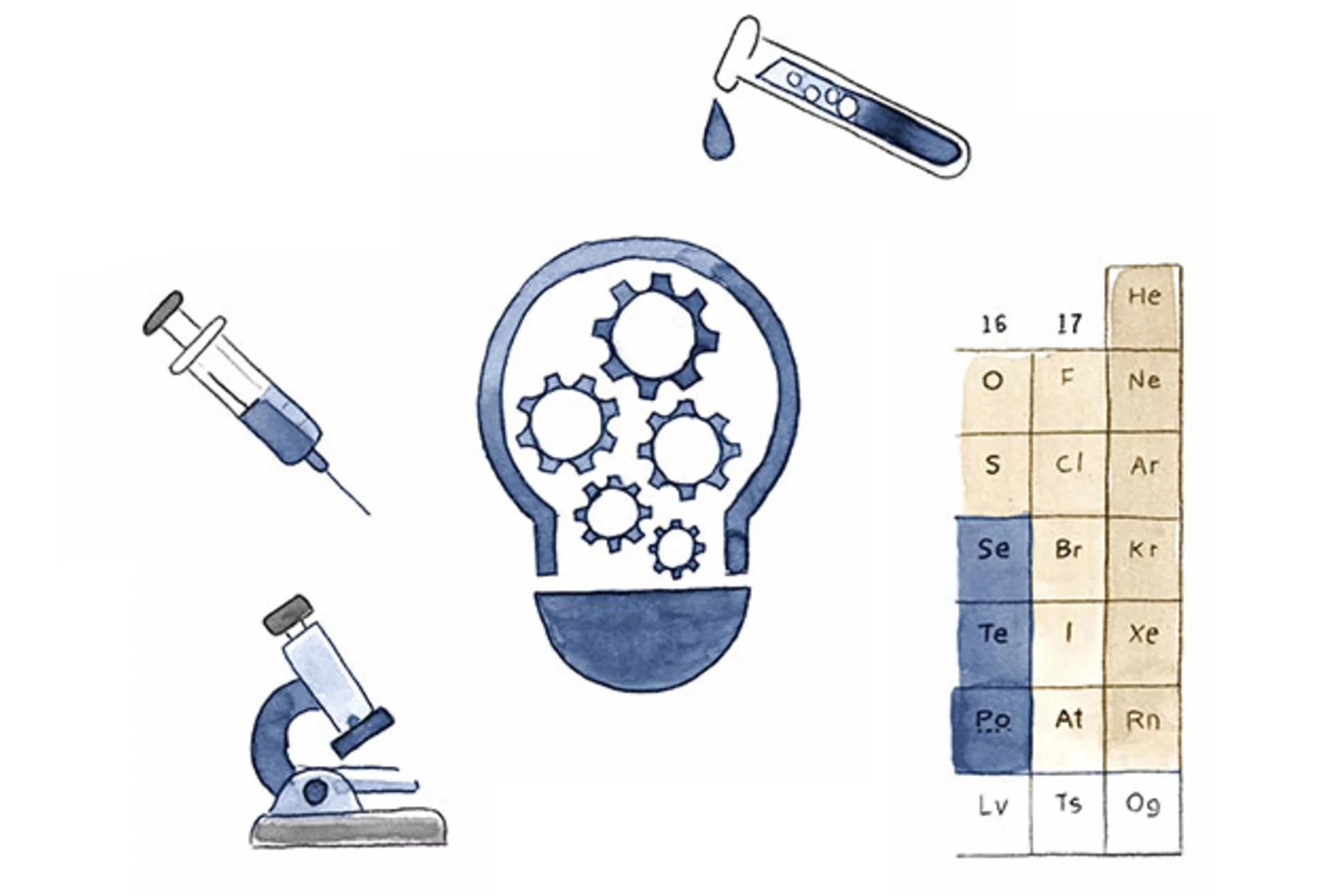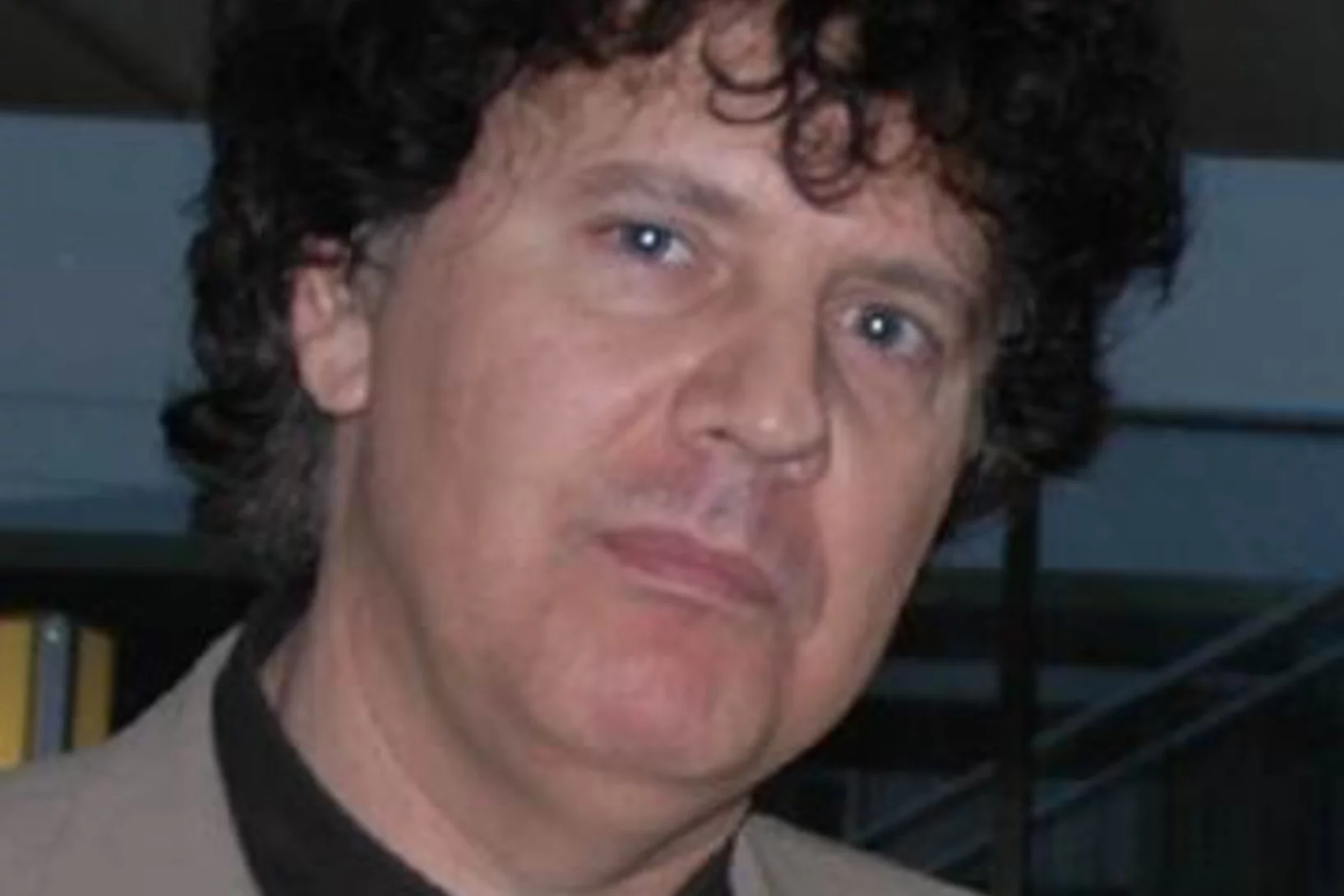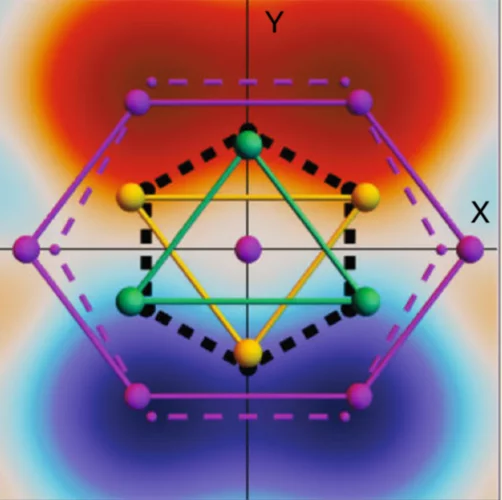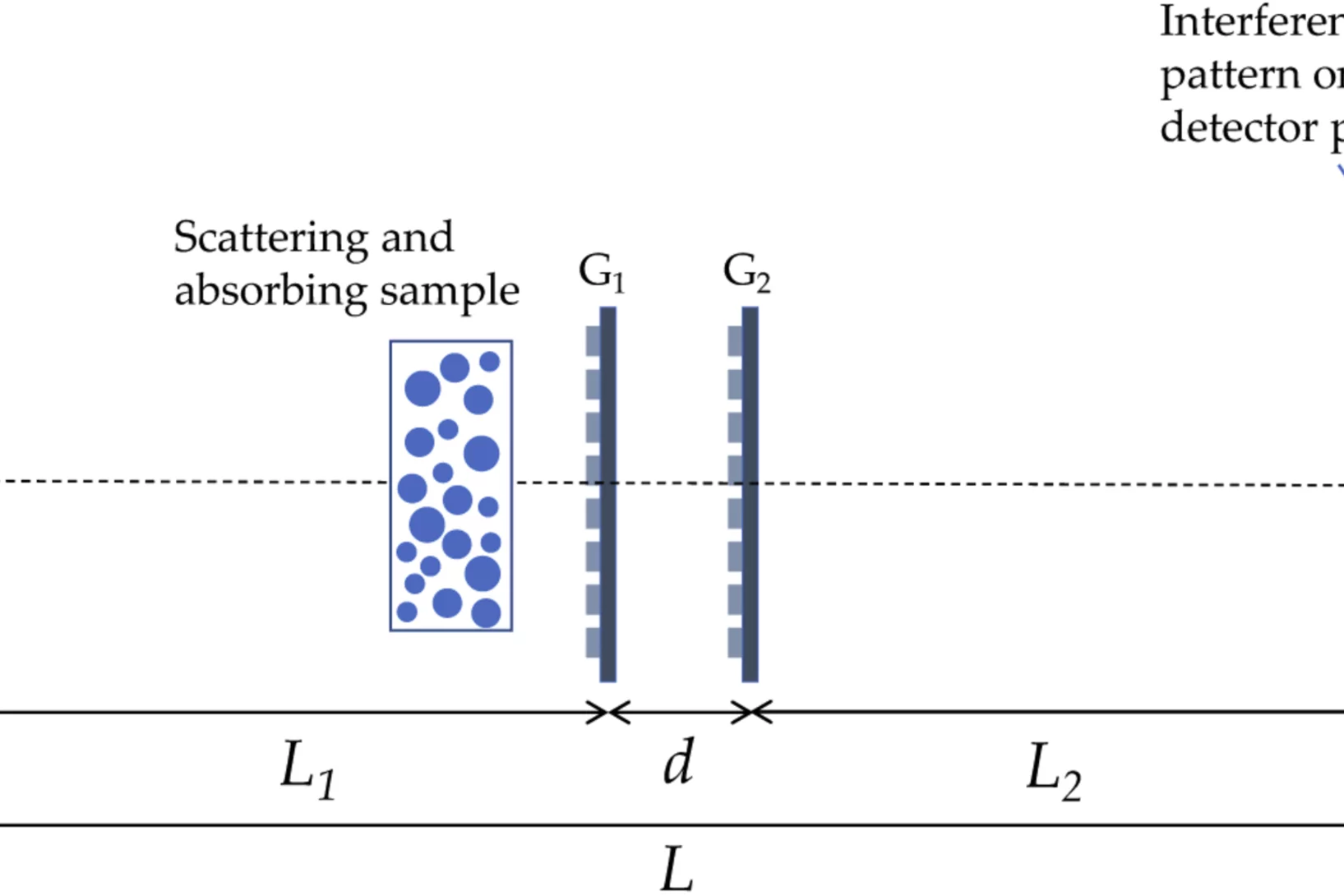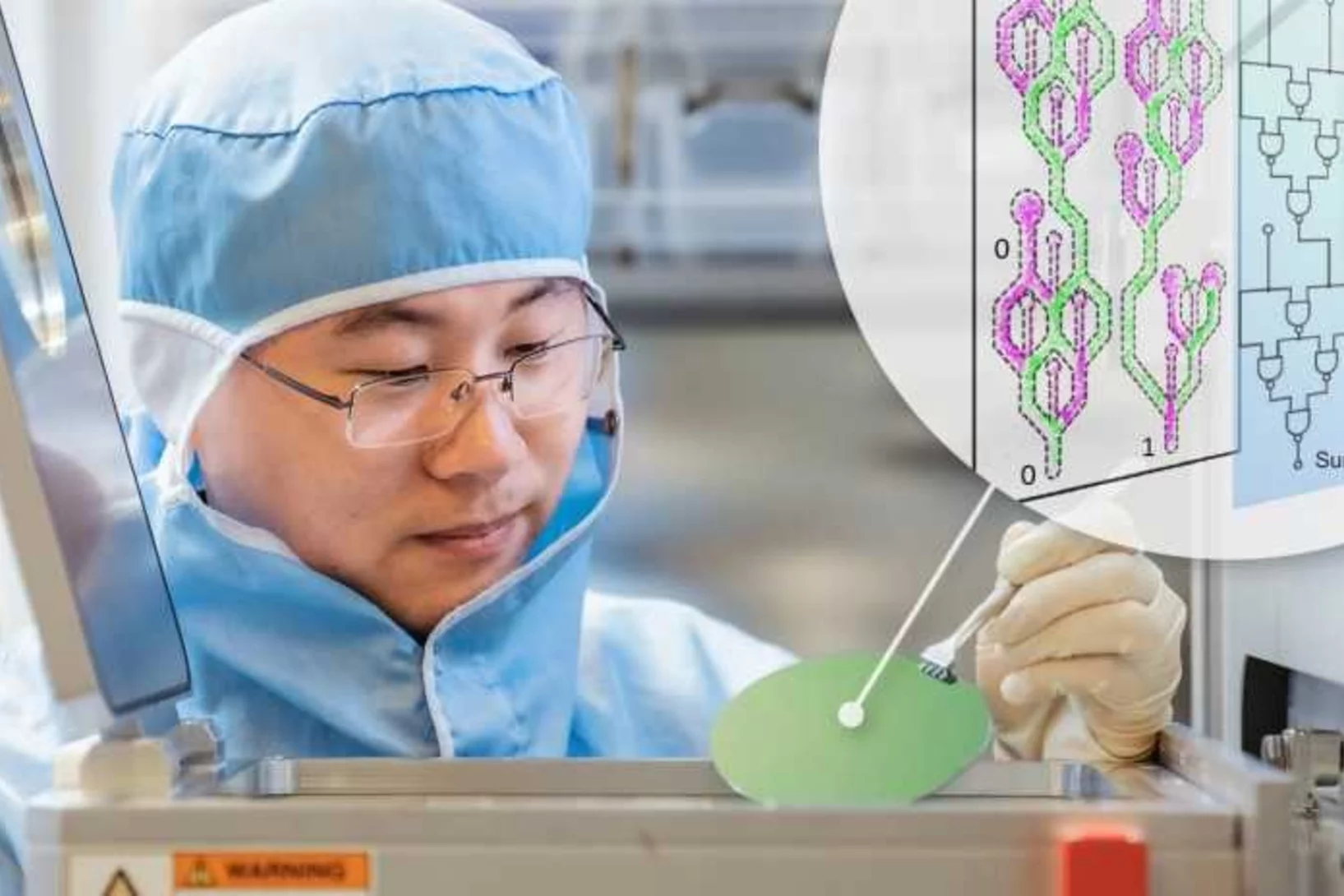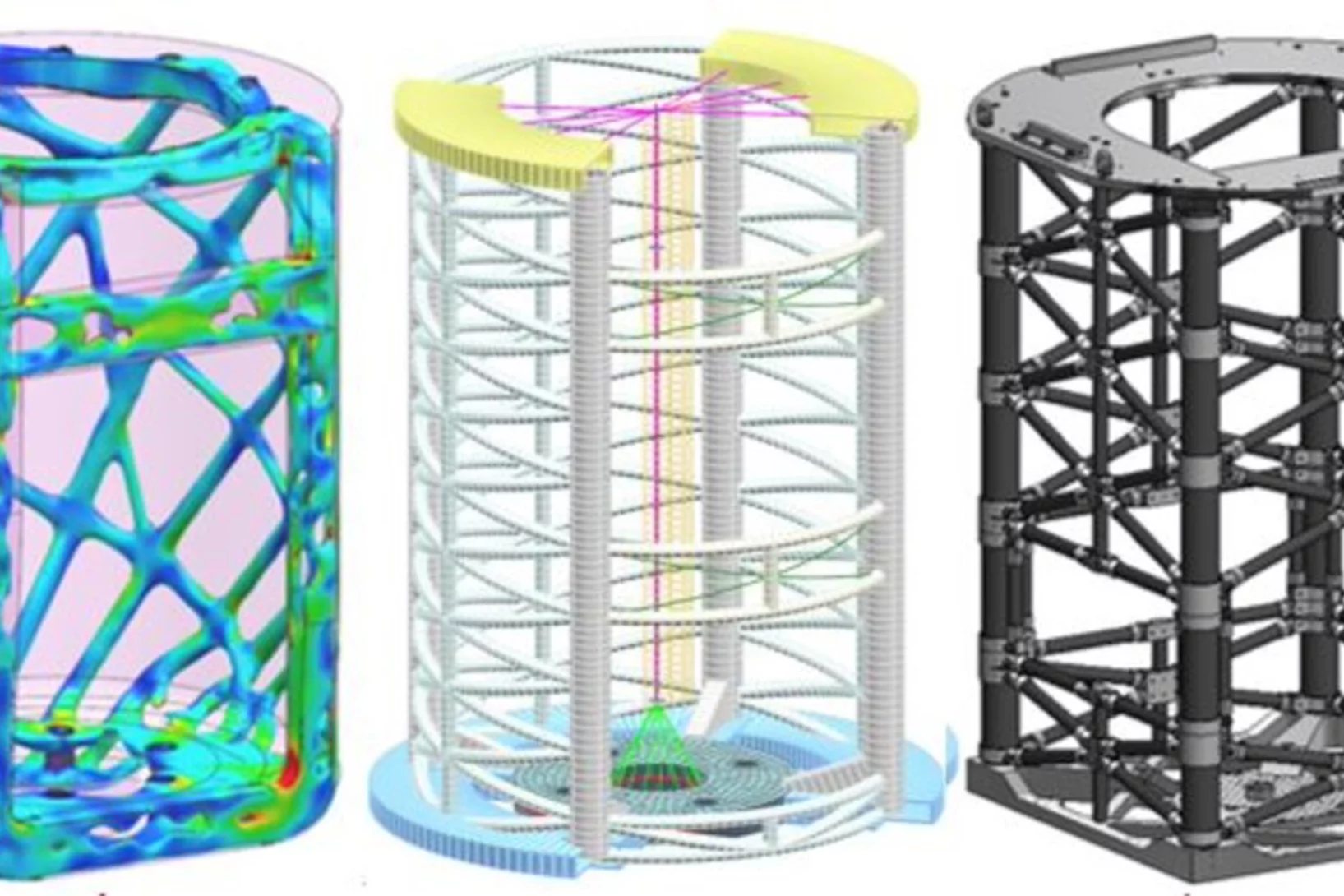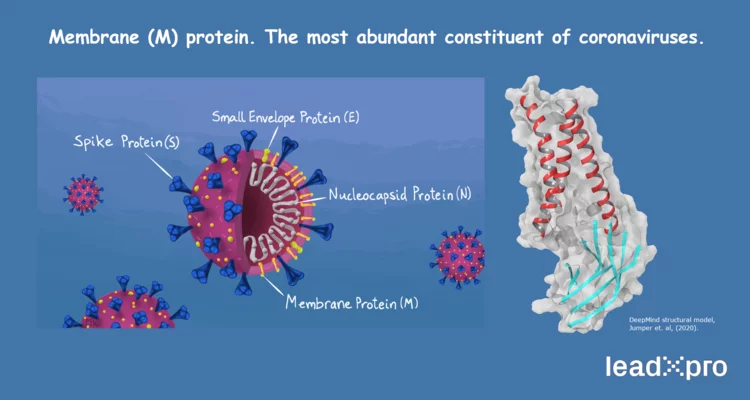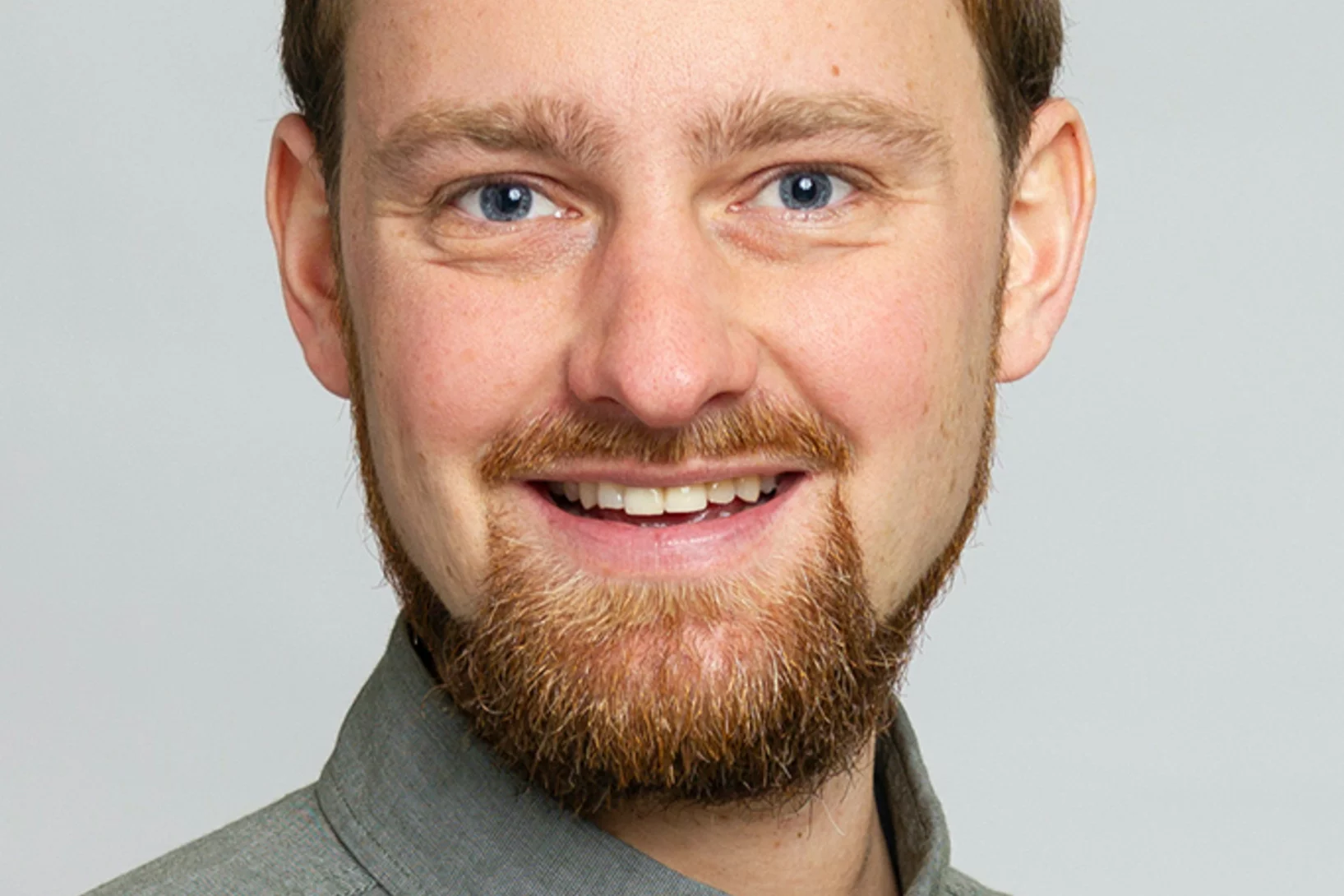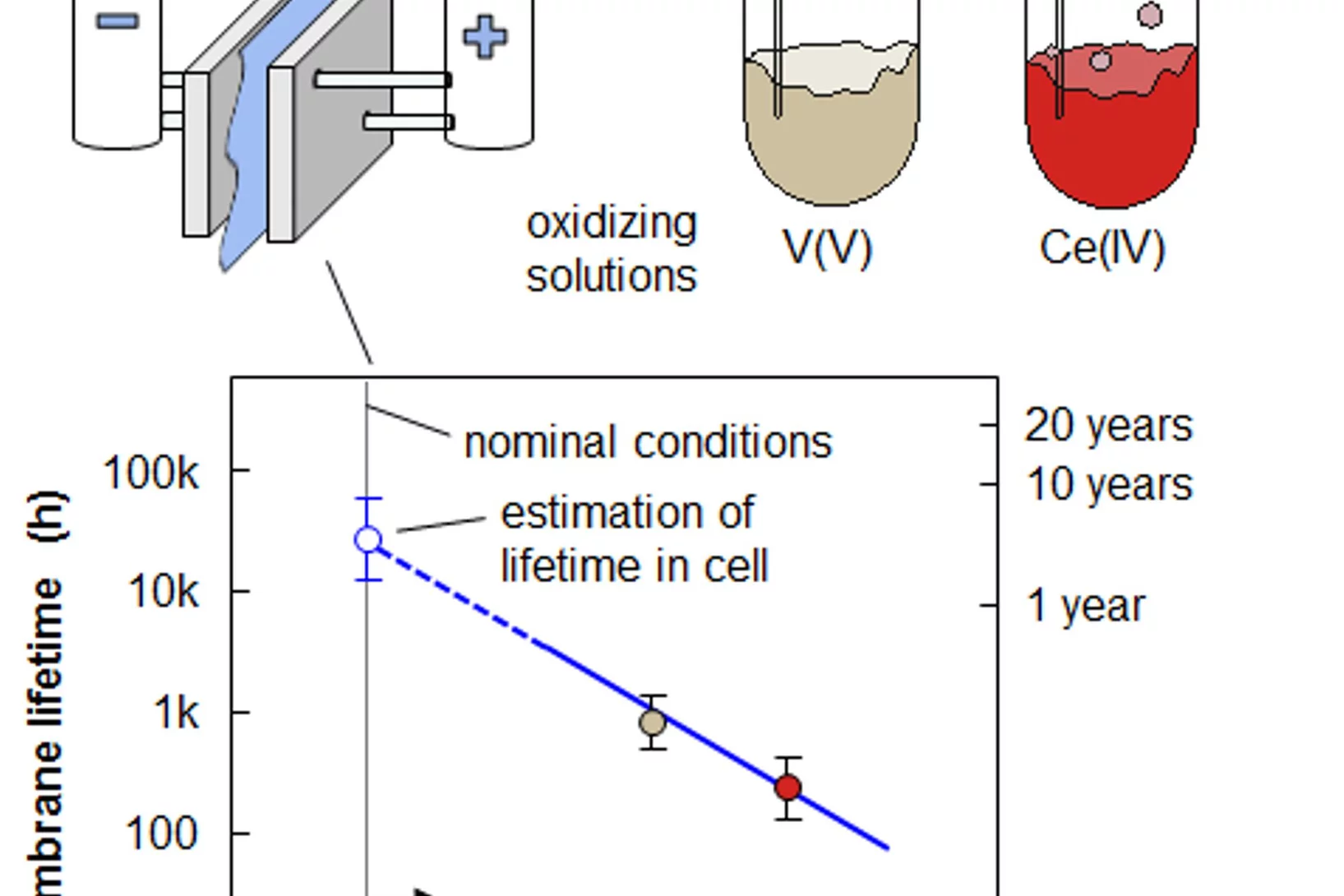Shifting away from nuclear energy, expanding solar and wind power, generating energy from biomass, reducing energy consumption. Switzerland is committed to becoming climate-neutral by 2050. An ambitious goal, which has become more urgent than ever due to the increasingly challenging geopolitical situation. How can a sustainable and resilient energy supply for Switzerland be established over the coming years? What's the optimal way to use renewable energy sources? What new technologies are especially promising? At PSI, researchers are seeking answers to these crucial questions.
ELDICO Scientific AG closes seed financing round of CHF 1.5 million
One year following its incorporation, ELDICO Scientific, benefitting from research and development cooperations with the PSI, has successfully closed a seed funding round. The company raised almost CHF 1.5 million from private and institutional investors, BERNINA BioInvest, several industry-savvy private investors, the Aargauische Kantonalbank (AKB) and Venture Kick. ELDICO will be launching the first electron diffractometer specially designed for nano-crystallographic research.
Momentum-Dependent Magnon Lifetime in the Metallic Noncollinear Triangular Antiferromagnet CrB2
Noncollinear magnetic order arises for various reasons in several magnetic systems and exhibits interesting spin dynamics. Despite its ubiquitous presence, little is known of how magnons, otherwise stable quasiparticles, decay in these systems, particularly in metallic magnets. Using inelastic neutron scattering, we examine the magnetic excitation spectra in a metallic noncollinear antiferromagnet CrB2, in which Cr atoms form a triangular lattice and display incommensurate magnetic order. Our data show intrinsic magnon damping ...
Information for SµS users
Due to the Corona crisis and technical problems the restart of operation of the PSI high intensity proton accelerator (HIPA) has been delayed and is expected earliest for the 27th of July. The pandemic team of PSI approved in-house research at the SµS from this date on. According to today's situation, external/foreign users at the SµS will be allowed as of September 1st.
We have prepared a new experimental schedule that you can find here.
Macroscopic manifestation of domain-wall magnetism and magnetoelectric effect in a Néel-type skyrmion host
We report a magnetic state in GaV4Se8 which emerges exclusively in samples with mesoscale polar domains and not in polar mono- domain crystals. It is manifested by a sharp anomaly in the magnetic susceptibility and the magnetic torque, distinct from other anomalies observed also in polar mono-domain samples upon transitions between the cycloidal, the Néel-type skyrmion lattice and the ferromagnetic states.
Surface segregation acts as surface engineering for the oxygen evolution reaction on perovskite oxides in alkaline media
PSI researchers have studied the influence of surface segregation on the oxygen evolution reaction (OER) activity for the, La0.2Sr0.8CoO3-d (LSCO) perovskite, one of the most active perovskite towards the OER in alkaline electrolyte. It has been found that the higher the perovskite synthesis temperature the more strontium segregation occurs on the surface. However, the segregated strontium compounds are soluble in water and they are easily removed when the surface of the electrode is in contact with the electrolyte, leading to the exposure of cobalt enriched layers very active for the OER.
To the sun and beyond
PSI takes part in space research projects. This not only expands knowledge about our astronomical home, but also reinforces Switzerland's reputation as a reliable developer of sophisticated space equipment.
Die Berufsbildung erkundet die Stadt Aarau
Die Berufsbildnerinnen und Berufsbildner mit ihren Partnern und Partnerinnen besuchten am Freitag, 26. Juni Aarau.
Online ultrahigh resolution mass spectrometry for the molecular analysis of the atmosphere
Atmospheric aerosols are considered the single largest uncertainty in assessing the human contribution to global warming and amongst the top five health risks worldwide. Our ability to investigate aerosol sources, their formation processes in the gas-phase, and their societal impacts is largely governed by our capability to measure their molecular constituents in real-time. Researchers at PSI have combined for the first time ultrahigh resolution mass spectrometry with high time resolution and sensitivity for the molecular analysis of aerosols.
The dynamics of overlayer formation on catalyst nanoparticles and strong metal-support interaction
The strong metal support interaction has been investigated in situ by means of electron microscopy, XPS and XRD, to provide a complete overview about the interplay between the metal and the support.
VentureKick: PSI Fellow wins 40'000 CHF
The PSI Fellow Florian Döring (PostDoc in the «Photon Science» Division) receives Venture Kick's second stage of pre-seed funding, network support, and entrepreneurial training.
A new etcher is just unpacked!
TOMCAT has a new etcher tool for the fabrication of very high aspect ratio gratings in silicon. The new SPTS Rapier system for silicon deep reactive ion etching just arrived and unpacked from the crate in front of the Laboratory of Micro and Nanotechnology at PSI! We thank the LMN technical staff for the support and the great job of moving in!
LENS Webinar on New Directions in Instrumentation
On June 25 the League of Advanced European Neutron Source LENS organized a second webinar on "New Directions in Instrumentation". Artur Glavic (LIN) gave a presentation on "Neutrons for Magnetic Nanostructures on Surfaces: Beyond the Specular Intensity Wars", which is still available online.
Microlithography: Science and Technology
The Third Edition of "Microlithography: Science and Technology" from Taylor & Francis covers the science and engineering involved in the latest generations of microlithography.
Thermal Control of Spin Excitations in the Coupled Ising-Chain Material RbCoCl3
We have used neutron spectroscopy to investigate the spin dynamics of the quantum (S=1/2) antiferromagnetic Ising chains in RbCoCl3. The structure and magnetic interactions in this material conspire to produce two magnetic phase transitions at low temperatures, presenting an ideal opportunity for thermal control of the chain environment. The high-resolution spectra we measure ...
Patents as trump cards
John Millard is head of Technology Transfer at PSI. Intellectual property also falls within this area. In an interview, he tells how PSI protects its knowledge with patents and, thanks to its patents, further strengthens collaboration with industry and other research institutions.
Grosser Rat bewilligt 2,4 Millionen für Technologiezentrum Anaxam
Der Kanton Aargau unterstützt das Technologietransferzentrum Anaxam in Villigen für die Dauer von vier Jahren mit insgesamt 2,4 Millionen Franken. Der Grosse Rat hat am Dienstag in Spreitenbach den entsprechenden Kredit mit 124 zu 3 Stimmen bewilligt.
Phase boundary dynamics of bubble flow in a thick liquid metal layer under an applied magnetic field
We investigate argon bubble flow in liquid gallium within a container large enough to avoid wall effects. Flow with and without applied horizontal magnetic field is studied. We demonstrate the successful capture and quantification of the effects of applied magnetic field using dynamic neutron radiography and the previously developed and validated robust image processing pipeline, supported by the in silico reproduction of our experiment.
Fellow Award for Dr. Mantzaras
The prestigious Fellow Award “Fellow of The Combustion Institute” was allotted to Dr. Mantzaras for “Pioneering Experimental and Modeling Research in Hetero-/Homogeneous and Catalytic Combustion”. The combustion activities at LSM emphasize on non-intrusive laser-based measurements in a high-pressure optically accessible catalytic reactor, while the modeling activities encompass advanced multidimensional numerical simulations and theoretical work based on activation energy asymptotics.
Z3-vestigial nematic order due to superconducting fluctuations in the doped topological insulators NbxBi2Se3 and CuxBi2Se3
A state of matter with a multi-component order parameter can give rise to vestigial order. In the vestigial phase, the primary order is only partially melted, leaving a remaining symmetry breaking behind, an effect driven by strong classical or quantum fluctuations. Vestigial states due to primary spin and charge-density-wave order have been discussed in iron-based and cuprate materials. Here we present the observation of a partially melted superconductivity in which pairing fluctuations condense at a separate phase transition and form a nematic state with broken Z3, i.e., three-state Potts-model symmetry.
How to correct beam hardening effects in dual phase grating interferometry?
Researchers at the X-ray tomography group have expanded the theoretical understanding of dual phase grating interferometry with polychromatic sources. As a result, beam hardening effects can be corrected and a real space correlation function of a sample can be retrieved in dark-field imaging. These are significant steps towards application of the method for the quantitative investigation of microstructures of materials and devices using dual phase grating interferometry. The results of the work were published in Optics Express on June 12, 2020.
Domain Wall Logic (Spintronics) using CMOS compatible production processes
Scientists from Paul Scherrer Institute (PSI) and ETH Zurich have taken a big step towards making Spintronic devices manufacturable based on processes used in CMOS microchip production. So called Domain Wall Logic circuits can store many different non-volatile magnetic states (bits) directly within the circuit. Such a logic-in-memory device would restart in the exact state it had before a power loss and could immediately continue whatever process was underway at the time of the power loss. The team led by Professors Gambardella and Heyderman demonstrated a working proof of concept Domain Wall Logic Adder that fundamentally merges storage and processing operations in a single circuit opening the doors Spintronic chips.
Diffractometer stand built in collaboration with local SME
A light-weight, low-vibration diffractometer stand has been designed and produced in close collaboration with the local supplier Heinz Baumgartner AG. This component will be used in conjunction with a cryomagnet system to study quantum matter at the SwissFEL Bernina and Cristallina-Q endstations.
Supporting the Worlds Scientist in their efforts to against COVID-19
The current Coronavirus pandemic has scientists worldwide collaborating extensively to learn about the virus and develop vaccines as well as therapeutics. Together with scientific and industrial partners including the Paul Scherrer Institute, our spin-off leadXpro has developed a method to provide the research and development community with SARS-CoV-2 M protein. This M protein that is an important part of the virus capsule is a potential target for drugs against the virus. We are happy to invite interested parties wishing to receive protein to contact leadXpro.
Important information for SLS and SwissFEL users
Please find some relevant information on the following topics:
- COVID-19 call open until end of year 2020
- SLS back to 24/7 with external users on site
- Restart of user operation at SwissFEL
- Travel and safety considerations for your beamtime
- Remote access
Congratulations to Ling Fang
On 2 June 2020 Ling successfully defended her PhD entitled “Radiocarbon analysis of dissolved organic carbon from ice cores" at the University of Bern. This was the first time that a student from our lab defended online and Ling delivered a great performance. Congratulations! The project was conducted in collaboration with the Laboratory for the Analysis of Radiocarbon with AMS (LARA) of the University of Bern, Nanjing University, and the University of Maine, amongst others, and funded jointly by the University of Bern and the Paul Scherrer Institute.
Research with a patent
At PSI, researchers develop innovative technologies, new biological agents, and more precise measuring instruments. Through this work they not only advance science, but also boost the Swiss economy. The best ideas are protected by patents and make PSI a sought-after partner for industry.
Welcome Kevin Kilchhofer
We warmly welcome Kevin Kilchhofer as a PhD student in the Laboratory of Environmental Chemistry. He joined the Surface Chemistry group on 1 June 2020.
Kevin Kilchhofer studied Atmospheric and Climate Sciences at the ETH Zurich, with a focus on atmospheric chemistry and physics. For his master thesis, he investigated the impact of cloud processing on the ice nucleation ability of aerosol particles.
At PSI, Kevin Kilchhofer will investigate the feedbacks between photochemically induced peroxy radical chemistry and the evolution of composition in viscous secondary organic aerosol proxies using a suite of flow tube and aerosol mass spectrometry techniques, accompanied by radially resolved modelling of physical and chemical processes.
Membrane Lifetime Estimation in a Vanadium Redox Flow Battery using an Accelerated Stress Test
A vanadium redox flow battery (VRFB) is a grid-scale energy storage device. Its energy conversion unit consists of a cell stack that comprises ion-exchange membranes to separate positive and negative electrode. The projected lifetime of a VRFB is 20 years and 7’000 charge-discharge cycles. Lifetime tests of membranes under application relevant conditions are therefore impractical, and the development of an accelerated stress test (AST) to assess the chemical stability of membranes is crucial.
Zooming in on water splitting
Perovskite oxynitride materials can act as effective photocatalysts for water splitting driven by visible light. A combined neutron and x-ray study now provides unique insight into the underlying processes at the solid–liquid interface and highlights how solar-to-hydrogen conversion can be improved.
Zooming in on water splitting
Perovskite oxynitride materials can act as effective photocatalysts for water splitting driven by visible light. A combined neutron and x-ray study now provides unique insight into the underlying processes at the solid–liquid interface and highlights how solar-to-hydrogen conversion can be improved.

